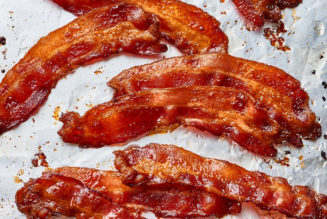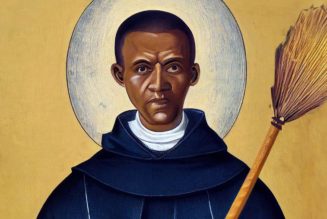
The IRA’s political arm has officially moved from the fringes of the political landscape to its center. What comes next will be telling.
Irish politics received a much-needed shock after voting ceased and counting began in the Republic of Ireland’s general election yesterday.
Sinn Féin, under leader Mary Lou McDonald, topped the national poll, winning just shy of 25 percent of the vote and thus increasing its vote-share from the 2016 general election by more than ten points. Due to Ireland’s proportional-representation system, that share won’t be enough for the party to win a majority of seats and form a government. But it does make the party a powerful force in the coalition-building negotiations to come.
No one is more surprised by this turn of events than the members of Sinn Féin themselves. They fielded just 42 candidates in the general election, when at least 80 elected representatives would be needed to form a majority government. They expected any gains in this election to be minor, and not without reason: They had lost seats in the May 2019 local elections, and were hoping simply to hold the line this weekend.
Instead, the general election proved the culmination of the party’s decades-long rise to prominence in Irish politics. For most of its history, Sinn Féin, the political wing of the Irish Republican Army, refused to take seats won in any parliament in Ireland or Britain, because the Irish Republican movement did not recognize either the Republic of Ireland or Northern Ireland as legitimate. In 1986, the party dropped its abstentionist policy in part, deciding to take seats it won in the Republic of Ireland’s parliament (while still abstaining from participation in the U.K.’s parliament). Since then, it has seen its vote-share and its number of seats in Ireland slowly grow, election by election. Its better-than-expected results in 2020 are one more step on that journey to prominence in the politics of the Irish Republic.
When Sinn Féin began fielding candidates south of the Irish border in the 1980s, the Troubles were still very much ongoing in Northern Ireland. The IRA’s violent campaign for Irish reunification took the daily form of bombings and killings. While the physical impact of the violence in the south was minimal, the psychological effect was not. So much was this the case that Sinn Féin was seen in the South more as a political front for paramilitary violence than as a political party. It was dismissed as such by the media and both the main political parties — Fine Gael and Fianna Fáil — in the Irish republic, and struggled to build voter support.
Still, Sinn Féin persevered. As the violence in the North subsided and then effectively ceased with the 1998 Good Friday Agreement, the party noticed that its vote-share began to increase, not just in the North but also in the South. Slowly, it broadened its message beyond calls for reunification. As the only major party that contests elections on both sides of the Irish border, it began to position itself across Ireland as the voice of protest against the elites and the political establishment. In the North, this meant attacking Unionism and British rule; in the South, it meant taking on the historic stranglehold that Fianna Fáil and Fine Gael had on power.
The progress of these efforts has been eye-catching. In just over two decades, Sinn Féin has become the dominant nationalist party in Northern Ireland. The party’s electoral progress in the south has been more gradual but nevertheless marked, culminating in the breakthrough that the party has worked toward for so long this past weekend. Eclipsing the Irish Labour Party and other factions on the left, republicans have managed to position Sinn Féin as the main left-wing party in politics on both sides of the Irish border today. The party’s chief aim is no longer merely Irish reunification but, according to its website, “the establishment of a democratic socialist republic” across Ireland.
In short, this weekend Sinn Féin finally moved from the fringes of Irish politics to the center. Its ascendance leaves Fine Gael and Fianna Fáil with some difficult questions to resolve: Do either one of these parties want to go into coalition with Sinn Féin, which both of them have for so long shunned due to its links with the IRA? Such a government would mark a sea change in the Irish political landscape. But then, so would the chief alternative, a coalition between the two major parties, which would signal that their leaders concluded they have more in common with each other than with any other Irish political party, especially Sinn Féin.







